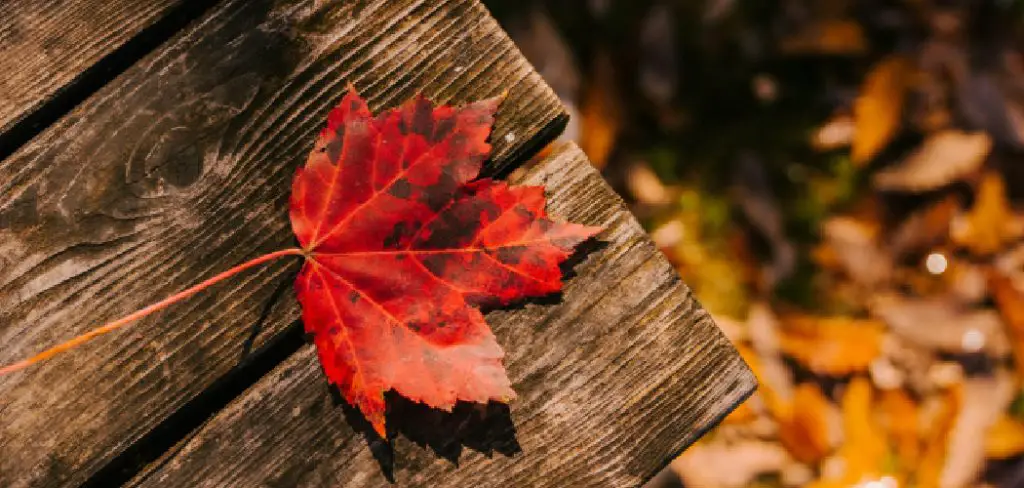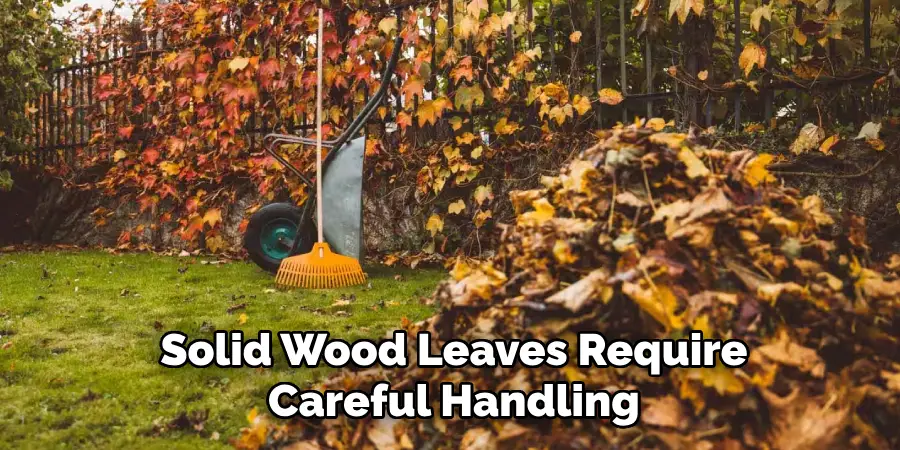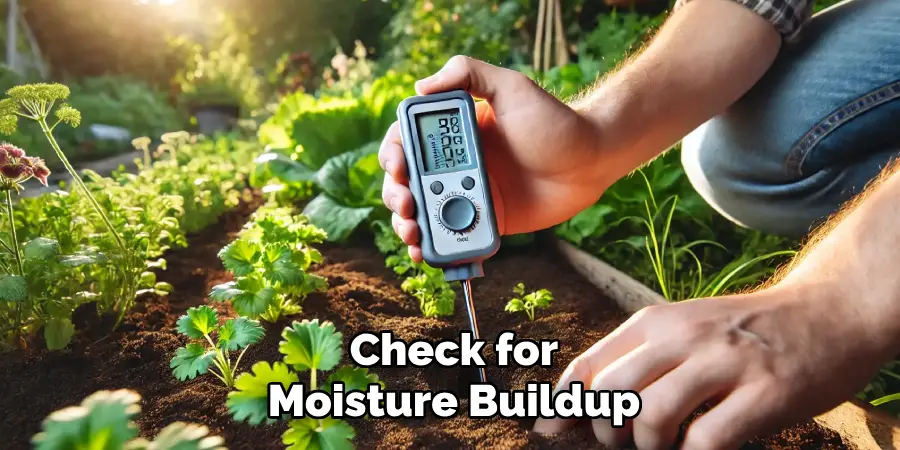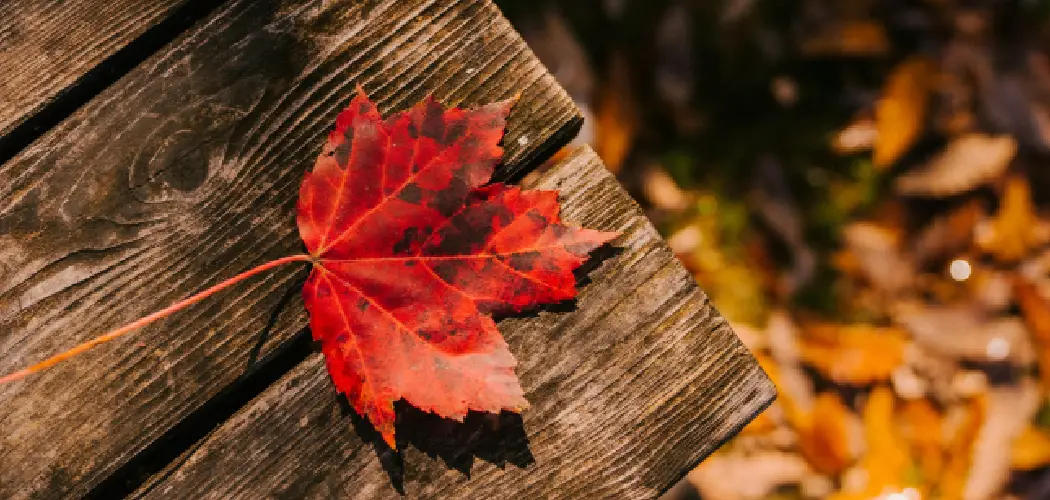A table leaf is an additional segment used to extend the length of a table, offering extra space for gatherings, dining, or work. Its primary function is to enhance the table’s versatility without permanently increasing its footprint. However, storing a table leaf presents several challenges, such as the risk of damage from physical impact or environmental factors and the possibility of misplacing it when not in regular use.

To mitigate these concerns, understanding effective storage strategies is crucial. This article aims to provide comprehensive solutions on how to store a table leaf, ensuring it remains in pristine condition and readily accessible whenever needed. By following these storage practices, you can preserve the leaf’s integrity and prolong its usability, making sure it complements the table seamlessly each time it’s required.
Understanding Table Leaf Storage Requirements
Importance of Proper Storage
Proper table leaf storage is essential to maintain its structural integrity and aesthetic value. Storing it correctly helps prevent common damages such as warping, which can occur from exposure to uneven temperature or humidity, and scratches that can mar its surface. Safeguarding against moisture damage is crucial, as excess moisture can lead to degradation, especially in wood and veneer materials. By ensuring that the table leaf is stored under optimal conditions, it retains its appearance and matches the table seamlessly when assembled, preserving both functionality and visual harmony.
Identifying Your Table Leaf Type
To cater to the specific care needs of a table leaf, it’s important to identify its material. Solid wood leaves require careful handling to prevent scratches and moisture penetration, while veneer and composite materials might need different protective measures. Knowing whether your leaf is a drop-in style or part of a self-storing mechanism also influences storage strategies. Drop-in leaves necessitate secure external storage solutions, whereas self-storing leaves, integrated within the table, may need less attention but should still be checked periodically to ensure smooth operation and prevent debris trapping during daily use.

Preparing the Table Leaf for Storage
Cleaning the Table Leaf
Regular cleaning of the table leaf is crucial to maintain its luster and prevent damage during storage. Begin using a soft cloth, free of abrasive materials, to gently wipe away dust and debris. Select cleaners specifically formulated for your table leaf’s wood or composite material to avoid unwanted chemical reactions that could harm the surface. It’s important to apply cleaners sparingly, as excess moisture can seep into wooden materials and cause warping. Focus on avoiding residue buildup by ensuring that all cleaning products are thoroughly wiped off the surface, which will help prevent long-term damage and preserve the leaf’s finish.
Inspecting for Damage
Before storing the table leaf, a careful inspection for any signs of damage is essential. Look for cracks and warping, which could compromise the leaf’s fit when reattached to the table. Loose veneer may indicate underlying issues that need addressing. By identifying these problems early and making minor repairs, such as tightening loose veneers or filling small cracks, you can prevent them from worsening during storage. Addressing these concerns before putting the table leaf away ensures its longevity and maintains structural integrity, reducing the likelihood of encountering issues when using the leaf again.
Choosing the Right Storage Location
Ideal Storage Conditions
Selecting an appropriate storage location is critical to preserve the table leaf’s condition. The perfect environment is cool and dry and maintains a consistent temperature, protecting the leaf from environmental damage. Avoid regions with high humidity or direct sunlight, which can lead to warping, discoloration, or material degradation. A climate-controlled space ensures the table leaf remains stable, preventing fluctuations in temperature that could trigger expansion or contraction, affecting its fit and finish.
Space Considerations
When considering space, it is important to decide whether to store the leaf vertically or horizontally. Vertical storage can prevent warping, provided the leaf is leaning against a padded, solid surface. Ensure ample room for the leaf to avoid pressure that might cause bending. Safe storage spots include closets, under beds, or designated furniture storage areas that offer protection from physical impacts or accidental spills. By strategically choosing a storage location, you’ll safeguard the leaf’s integrity and maintain its readiness for use when needed.

How to Store a Table Leaf: Best Practices for Protecting the Table Leaf
Using Protective Covers
To protect your table leaf from physical damage and environmental wear, use protective covers as a first line of defense. Soft fabric covers are ideal for wrapping the leaf, offering padding that defends against scratches and minor impacts. Additionally, bubble wrap can provide extra cushioning and is particularly useful when storing the leaf in a high-traffic area where physical knock might occur.
When using felt, ensure it’s wrapped tightly around the leaf to prevent any shifts that could cause abrasion. It’s crucial to avoid using plastic covers directly on wood surfaces, as plastic can trap moisture underneath, increasing humidity around the leaf. This excess moisture can result in undesirable effects such as warping or mold, compromising the table leaf’s appearance and performance. Opt for breathable materials that offer protection while allowing for air circulation.
Proper Positioning for Storage
Positioning the table leaf correctly during storage is essential to maintain its shape and functionality. Store the table leaf flat with even support across its entire surface when space allows. This positioning minimizes the risk of warping over time, ensuring that it remains straight and true when connected to the main table. Ensure the storage area is free from pressure points that could create indentation or bending.
If vertical storage is more practical due to space constraints, lean the table leaf against a stable, solid surface. Add padding between the leaf and the surface to cushion it and further prevent any stress that might lead to distortion. The surface should be smooth and clean, without any sharp edges or ridges that could scratch or otherwise damage the leaf. Vertical storage should be revisited periodically to check stability and ensure the leaf remains in optimal condition.
Labeling and Accessibility
For easy identification and convenient retrieval, it’s a wise practice to add labels or tags to your table leaf, especially if you’re storing multiple leaves or similar items. Clearly marking the leaf with labels indicating its corresponding table or specific position helps prevent mix-ups and saves time during reassembly.

Organizing the leaf with other dining room accessories, such as tablecloths or placemats, further enhances accessibility, ensuring these items are readily available when needed for dining or events. Create a dedicated storage shelf or section where all related items are grouped together, streamlining the process of setting up or extending the table. Keeping the table leaf and associated accessories organized reduces the risk of misplacement and ensures a seamless transition when it’s time to use the leaf, maintaining the preparedness of your dining space.
Alternative Storage Options
Self-Storing Tables
Self-storing tables offer a practical solution with built-in compartments for storing leaves, eliminating the need for external storage space. These tables provide convenient access, allowing for a seamless transition between table sizes without the hassle of finding a separate storage location. Upgrading to a self-storing table enhances functionality by integrating storage directly into the furniture structure, saving room and reducing the risk of damage. However, these tables can be more expensive and may offer limited design choices, so consider your priorities before investing.
Custom Storage Solutions
For those seeking a different approach, DIY storage racks or cabinets for table leaves offer a personalized solution. These custom setups can fit perfectly into available space and meet specific design preferences, keeping leaves organized and accessible. The primary advantages include tailored fit and enhanced protection. Nonetheless, building or purchasing custom solutions can require additional effort and costs, and they might consume valuable space that could be used for other purposes, so weigh these aspects carefully.
Long-Term Care and Maintenance Tips
Periodic Checks
Regularly inspecting your table leaf is crucial for maintaining its longevity and appearance. Look for any signs of damage, such as cracks, scratches, or any indication of pest activity that could compromise the wood’s integrity. Additionally, check for moisture buildup, which may cause warping or other structural issues. Rotating the leaf periodically, especially if stored flat, helps maintain its shape by ensuring that pressure and weight are evenly distributed over time. By incorporating these periodic checks into your routine, you’ll be better equipped to catch potential problems early and preserve the leaf’s quality.

Coordinating with Table Maintenance
The care routines for your table leaf should align closely with those for the table itself to ensure both pieces maintain a consistent look and performance. Use cleaning products suitable for the table’s material, and periodically treat both the table and the leaf with the appropriate polish or protective coating. Reuniting the table leaf with the table at regular intervals helps to assess their fit and finish, ensuring they match perfectly when used together. This practice guarantees aesthetic harmony and minimizes potential issues with expansion or contraction due to differing environmental exposure, maintaining a uniform appearance and function.
Conclusion
Knowing how to store a table leaf properly is essential for prolonging its longevity and ensuring readiness for use. Effective storage techniques, such as using breathable materials, proper positioning, labeling, and considering alternative storage options, play a crucial role in maintaining the leaf’s condition. These methods prevent damage like warping, scratching, and unnecessary moisture exposure, preserving both functionality and appearance. By implementing these tips, you can confidently protect your table leaf, ensuring it remains in prime condition and ready for use whenever you need to extend your dining space.

